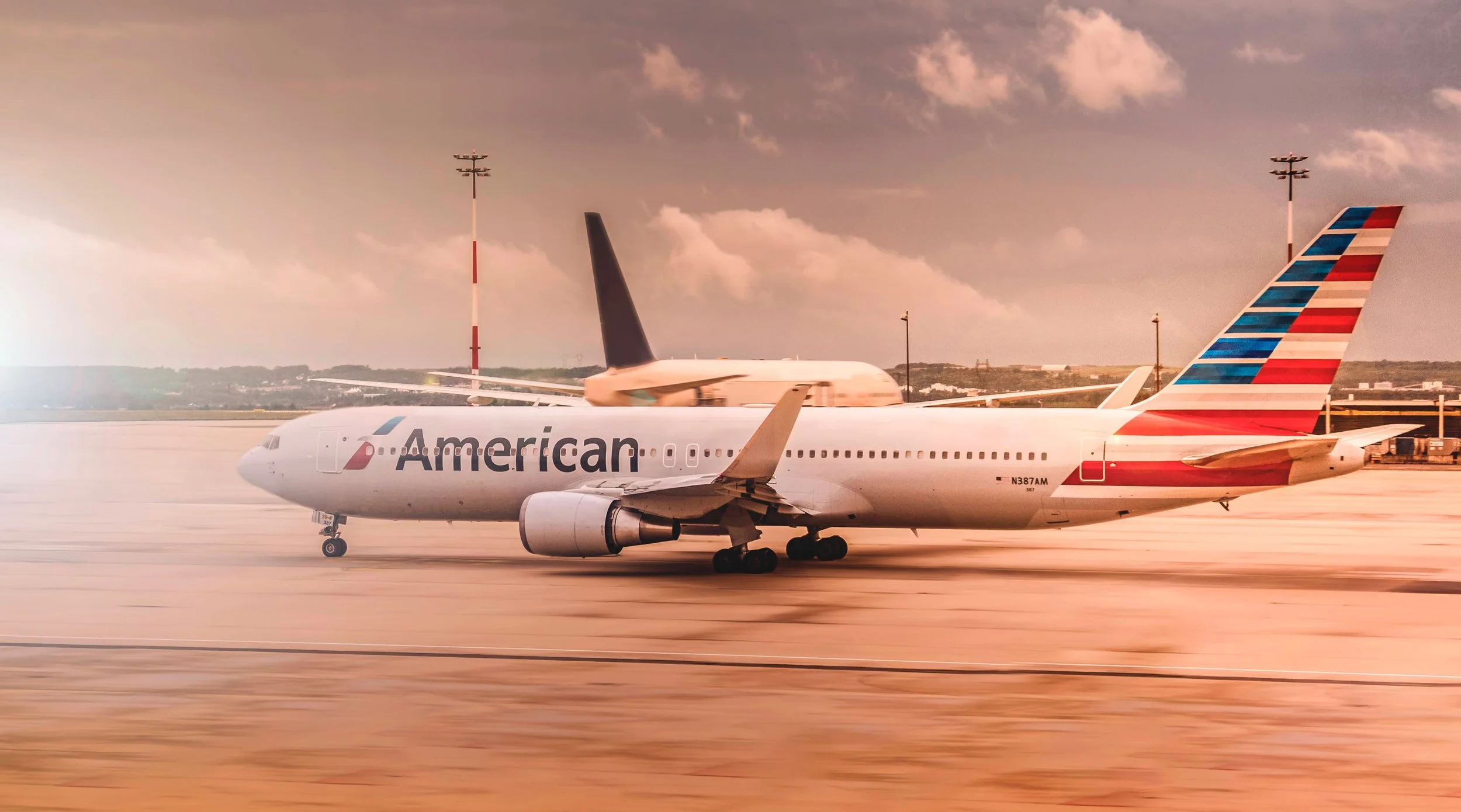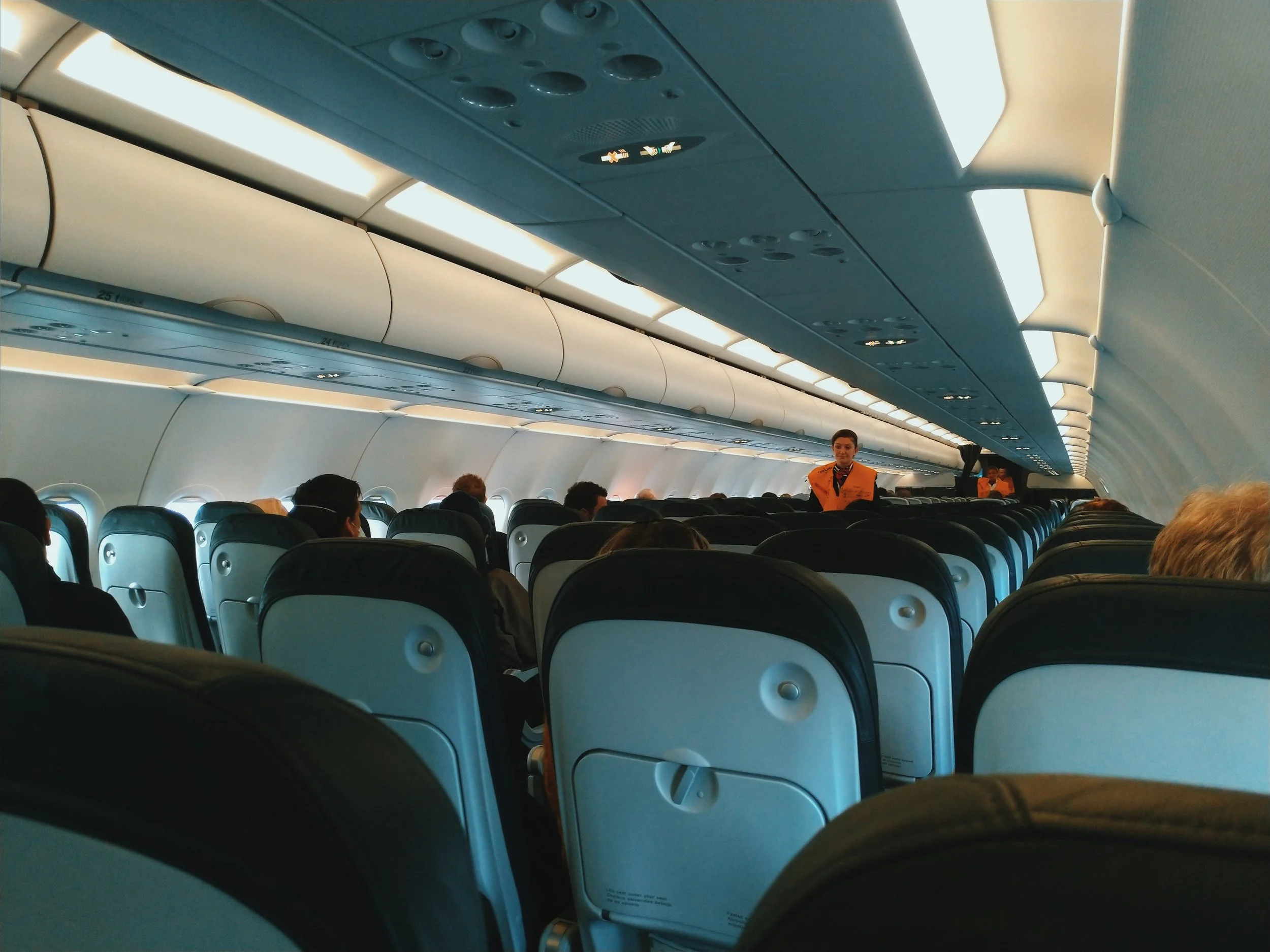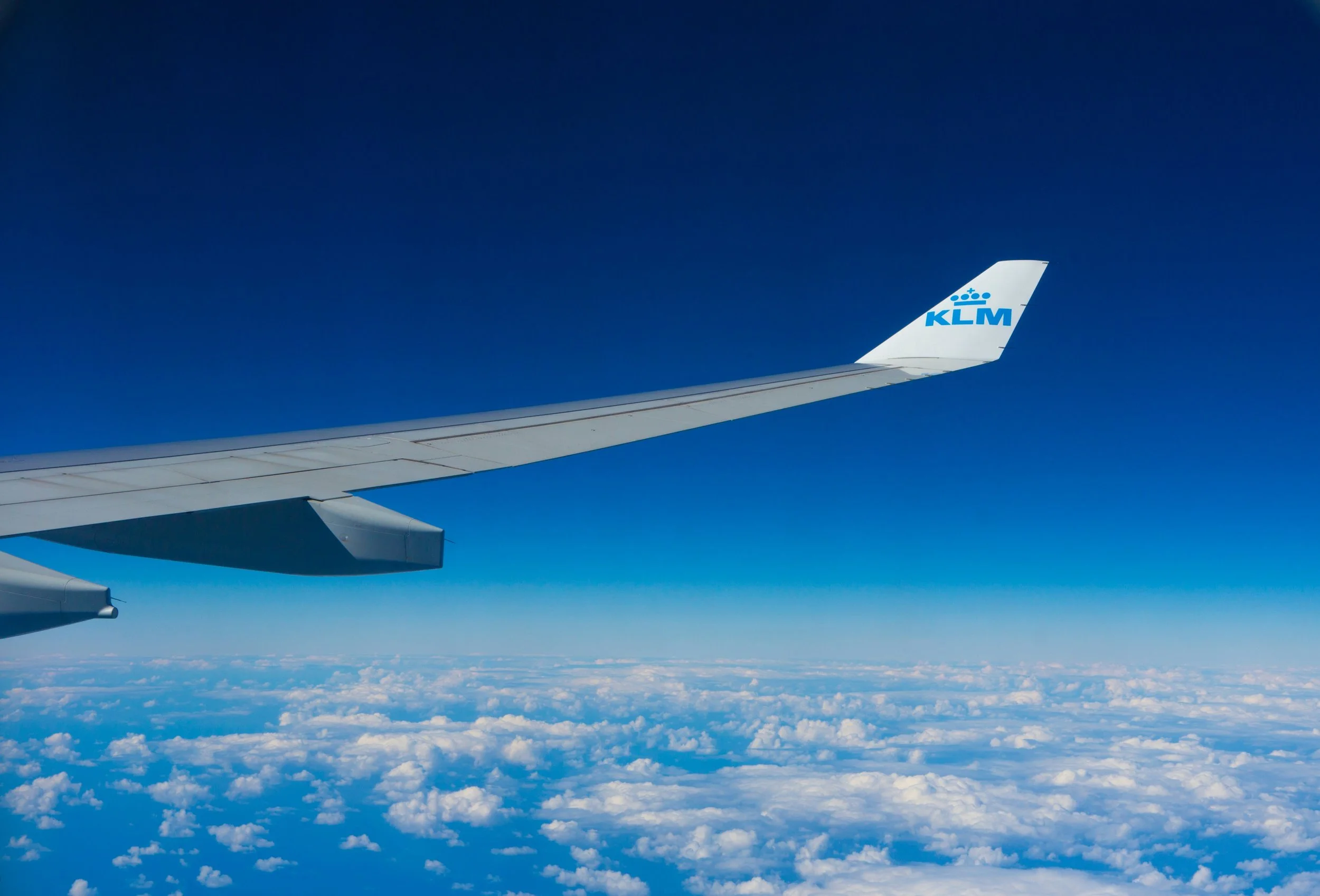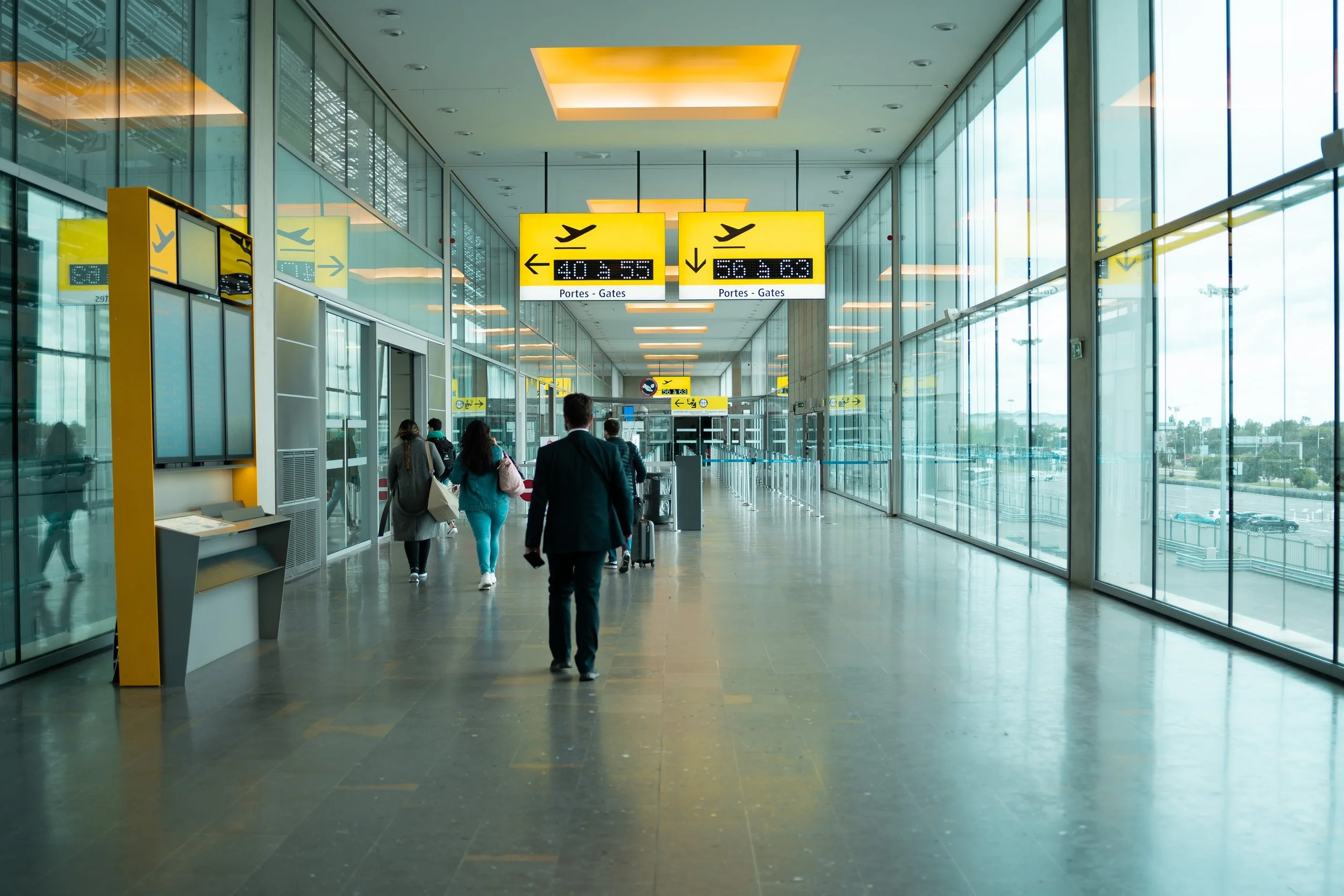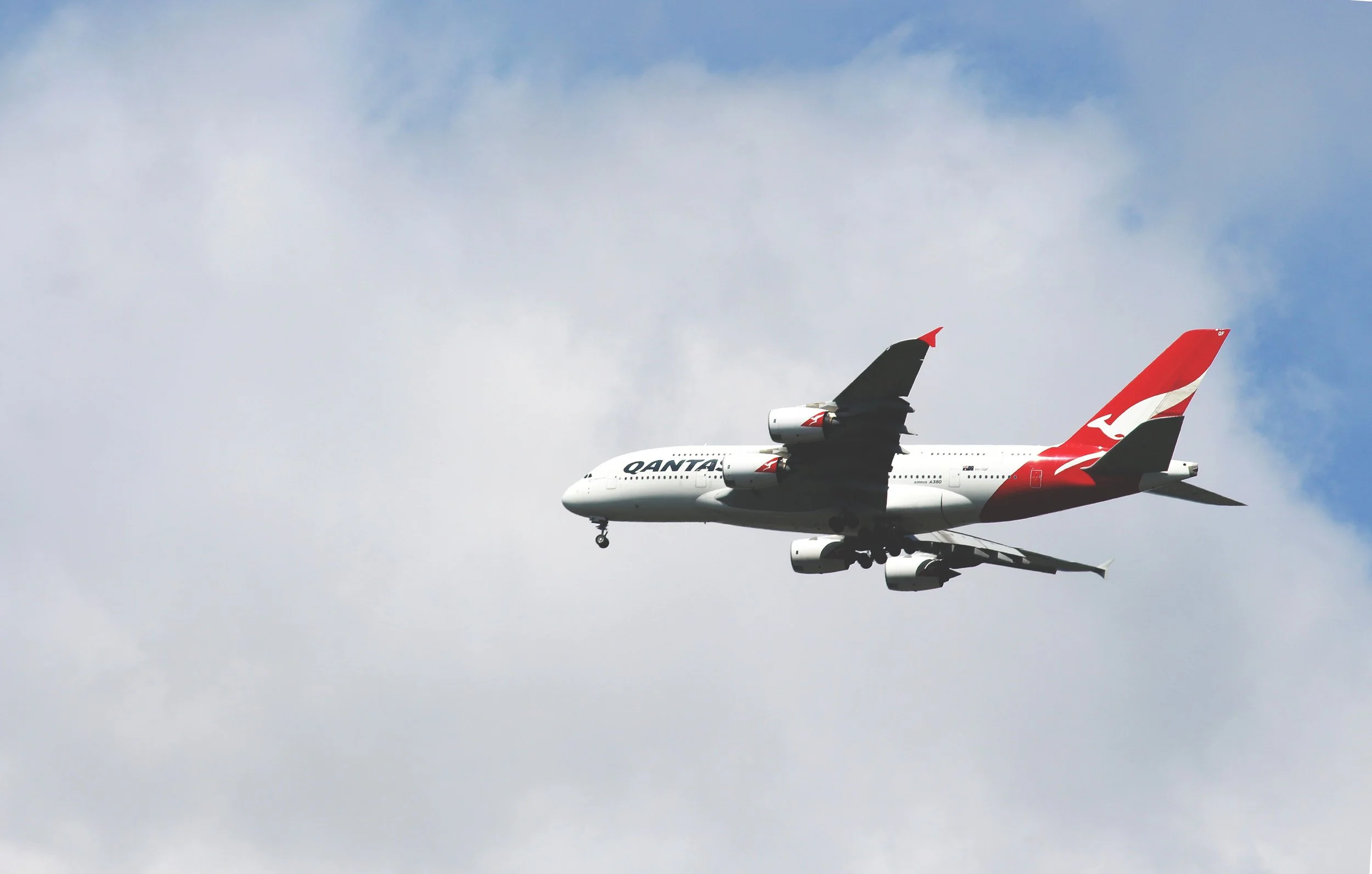Maximizing Your Rewards: Choosing the Best Airline Alliance for Digital Nomads & World Travelers
Air travel has become a crucial part of remote work culture, as it allows professionals to travel to different destinations quickly and efficiently. However, with so many airlines to choose from, it can be overwhelming to decide which one to fly with. That's where airline alliances come in. Airline alliances are networks of airlines that offer seamless travel experiences for passengers. By joining an airline alliance, remote workers and digital nomads can enjoy benefits such as access to lounges, priority check-in and boarding, and the ability to earn and redeem miles across multiple airlines
What is an Airline Alliance?
An airline alliance is a group of airlines that have agreed to cooperate with each other, usually through codesharing and interlining. This means that when you fly on one member airline of an alliance, you can get connecting flights on another member airline within the same alliance.
Airline alliances offer their members many benefits
They allow airlines to expand their networks without having to start up new routes or buy new planes (which can be expensive). Instead, they can just fly passengers from one city on one airline into another city served by another member of the same alliance. For example if you're flying from New York City (JFK) to Paris (CDG), instead of taking American Airlines all the way there yourself you could take JetBlue Airways from JFK-Boston where JetBlue has flights connecting into Air France at Logan Airport in Boston before continuing onto Paris CDG Airport.
What Should You Look for in an Airline Alliance?
Before you sign up for an airline alliance, it's important to consider what you're looking for in an alliance. Do you want to fly on a specific carrier or set of carriers? Are there benefits that are important to your travel plans (like frequent flyer miles)? And how much are those benefits worth to you?
Here are some things to think about:
Membership requirements: Some alliances have strict conditions that have to be met before new members can join. For example, if one airline has a fleet size requirement of 100 planes and another has no such requirement at all--but both offer similar services--it may make more sense for an airline with fewer planes in its fleet to join with the latter because they won't have as many restrictions on where they can fly. On the other hand, if an alliance requires all members' fleets be large enough that they can compete with larger airlines like Delta or United Airlines then smaller airlines might not be able to join even though they might offer better prices than those larger carriers do because their smaller size means fewer routes available overall.
What are the different airline alliances?:
Star Alliance: Star Alliance is the largest airline alliance, with 26 member airlines covering over 1,300 destinations worldwide. The alliance includes airlines such as United Airlines, Lufthansa, and Air Canada. Star Alliance offers a variety of benefits for its members, including access to lounges, priority check-in and boarding, and the ability to earn and redeem miles across multiple airlines
Oneworld: Oneworld is the second-largest airline alliance, with 14 member airlines covering over 1,000 destinations worldwide. The alliance includes airlines such as American Airlines, British Airways, and Cathay Pacific. Oneworld offers benefits such as priority check-in and boarding, access to lounges, and the ability to earn and redeem miles across multiple airlines.
SkyTeam: SkyTeam is the third-largest airline alliance, with 19 member airlines covering over 1,000 destinations worldwide. The alliance includes airlines such as Delta Air Lines, Air France, and KLM. SkyTeam offers benefits such as priority check-in and boarding, lounge access, and the ability to earn and redeem miles across multiple airlines.
How the Alliances Differ
While all airline alliances offer benefits such as access to lounges and the ability to earn and redeem miles across multiple airlines, there are some differences between them. For example, some alliances may offer more flight options to certain destinations or have a stronger presence in certain regions. In addition, the loyalty programs of each alliance may differ in terms of how rewards are earned and redeemed.
What to Consider When Choosing an Airline Alliance
When choosing an airline alliance, it's important to consider your travel habits and preferences. For example, if you frequently travel to destinations that are covered by airlines in a certain alliance, then joining that alliance may be beneficial. In addition, consider the loyalty program of the alliance and whether it aligns with your travel goals and preferences.

